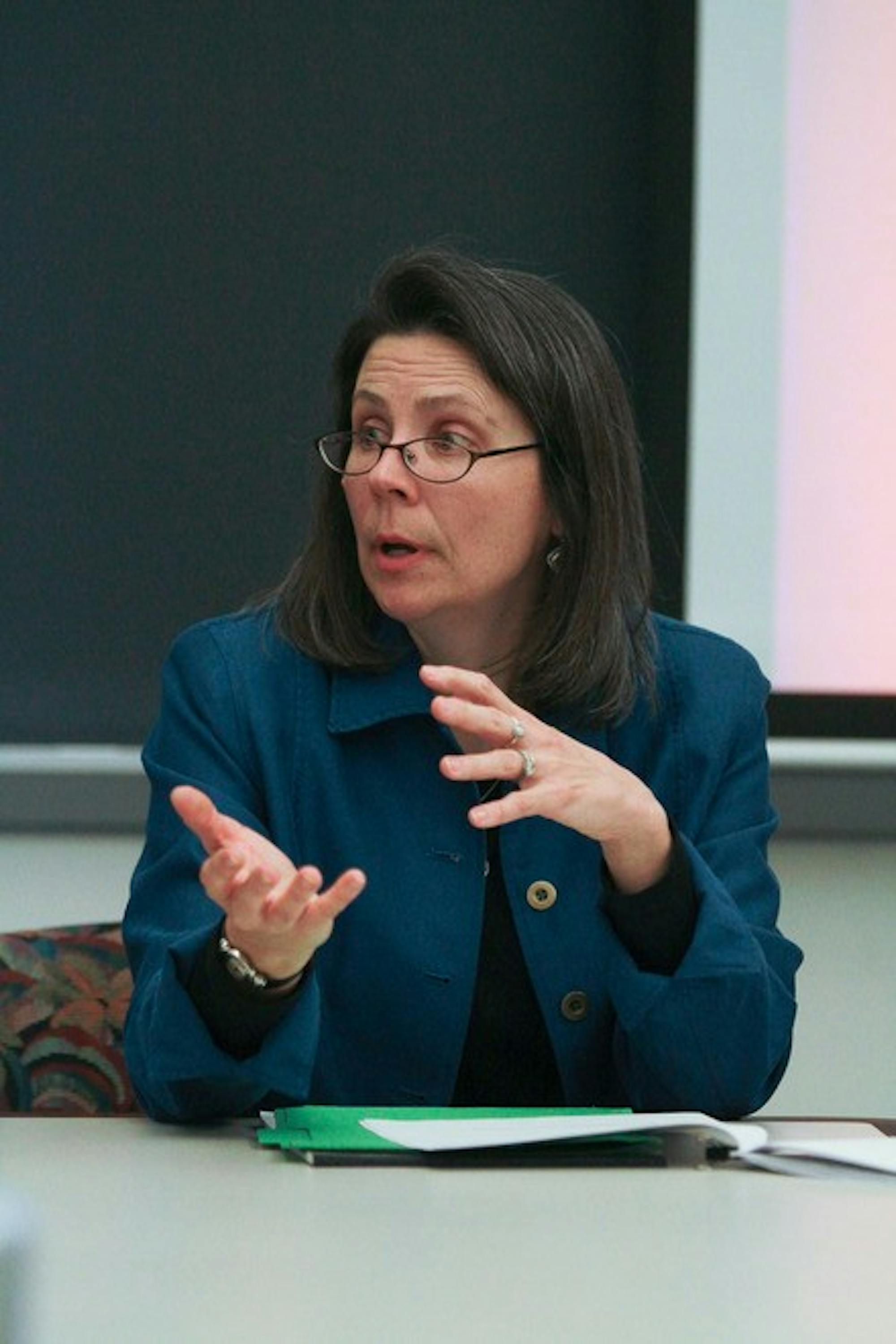"Most people think that once women won the right to vote, they won the right to sit on juries too," McCammon said. "In a few states that did happen, but in most states it did not."
Activists must first "keep their fingers on the pulse of the environment" and perceive signals or threats in the environment around their struggle, McCammon said. McCammon used jury activists who took advice from an editor of the Burlington Free Press in the late 1930s and early 1940s as an example of a group that successfully worked within their environment to achieve change.
"The editor said, If you want to win this fight you really have to show the advantage of putting women on juries you've got to show that there is some positive effect,'" McCammon said. "Well that's a pretty clear signal, so the jury activists in Vermont were quite strategic. They responded by laying out all the benefits of putting women on juries."
Activists must engage in self-evaluative behavior as the second step in the process of strategic adaptation, according to McCammon. In the third step, group members must use the information they have gained to alter their social movement to fit their environment. Once activists decide to make some changes, they must look for leverage points and vulnerabilities in the policy-making process, McCammon said.
In Wisconsin, female activists spoke to lawmakers who were refusing to pass the bill that would allow women to sit on juries, according to McCammon. Activitists pointed out that as legal voters, they could easily use their vote to replace adversarial lawmakers, McCammon said.
In the final step of strategic adaptation, activist groups must implement their new tactics, McCammon said. While this step may seem obvious, many groups fail to put new plans into action in a timely manner, according to McCammon.
McCammon said she finds fault in the rigidity of existing theories of political and legal change that activists often turn to when planning their social movements.
"There is an assumption that one size fits all in every case if you use more disruptive tactics, you will succeed, if you have insiders on the team, you will succeed," she said. "I'm not sure that's good theorizing."
In her forthcoming book, "A More Just Verdict: The U.S. Women's Jury Movements and Strategic Adaptation," McCammon compares the jury movements of 15 states and writes that the women who orchestrated the more "strategic" movements successfully changed the laws faster than women who participated in less strategic movements, she said.
"I would argue that there needs to be a fit between the tactic and the demands of the context in which this activism is taking place," McCammon said. "Activists really need to look at the situation and see what hurdles are out there and what barriers are out there to winning these reforms. They need to tailor the tactics to the environment."
To conduct her research, McCammon traveled to the states that she studied and read archives that recounted the movements in each state. McCammon said she found that movements that enlist the four steps of "strategic adaptation" are the most successful.
In her book, McCammon also develops analytic narratives detailed historical accounts of what happened for each state's movements. These primary sources help outline a sequence of events that reveal how strategic adaptation is used in these states, she said.




